Archives
- 2025-12
- 2025-11
- 2025-10
- 2025-09
- 2025-03
- 2025-02
- 2025-01
- 2024-12
- 2024-11
- 2024-10
- 2024-09
- 2024-08
- 2024-07
- 2024-06
- 2024-05
- 2024-04
- 2024-03
- 2024-02
- 2024-01
- 2023-12
- 2023-11
- 2023-10
- 2023-09
- 2023-08
- 2023-07
- 2023-06
- 2023-05
- 2023-04
- 2023-03
- 2023-02
- 2023-01
- 2022-12
- 2022-11
- 2022-10
- 2022-09
- 2022-08
- 2022-07
- 2022-06
- 2022-05
- 2022-04
- 2022-03
- 2022-02
- 2022-01
- 2021-12
- 2021-11
- 2021-10
- 2021-09
- 2021-08
- 2021-07
- 2021-06
- 2021-05
- 2021-04
- 2021-03
- 2021-02
- 2021-01
- 2020-12
- 2020-11
- 2020-10
- 2020-09
- 2020-08
- 2020-07
- 2020-06
- 2020-05
- 2020-04
- 2020-03
- 2020-02
- 2020-01
- 2019-12
- 2019-11
- 2019-10
- 2019-09
- 2019-08
- 2019-07
- 2019-06
- 2019-05
- 2019-04
- 2018-11
- 2018-10
- 2018-07
-
br Melanoma cell lines There is suggestive epidemiological e
2021-11-11
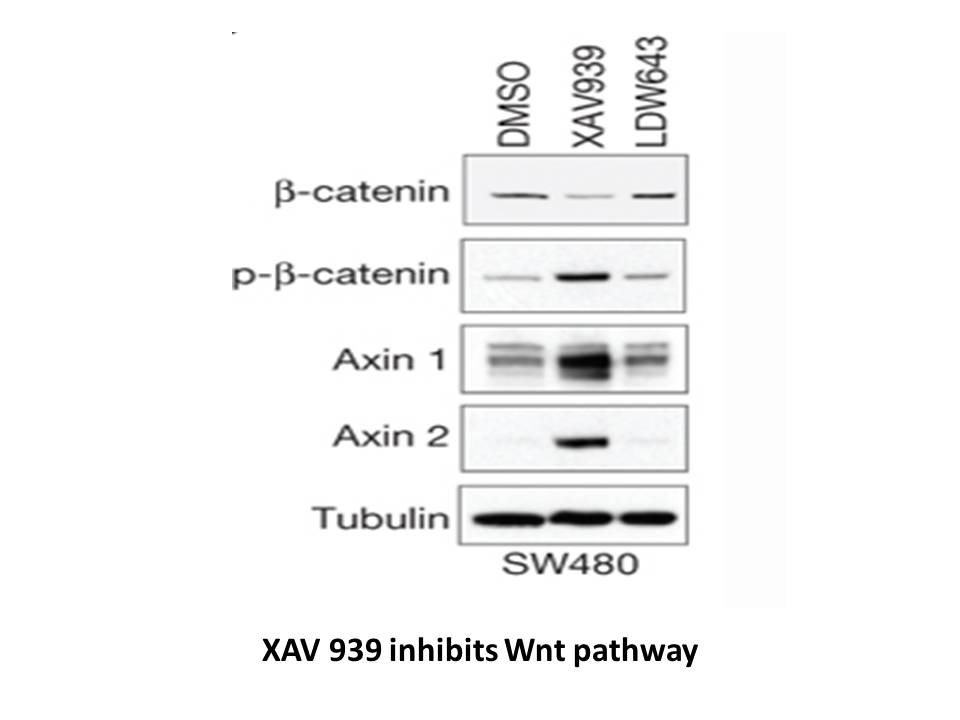
Melanoma cell lines There is suggestive epidemiological evidence that omega-3 PUFA can be preventative against melanoma, although the mechanisms of this relationship has not been extensively investigated [65], [66]. A 2014 study demonstrated that DHA inhibited cell proliferation in vitro in A2058
-
Focal adhesion kinase FAK also
2021-11-11
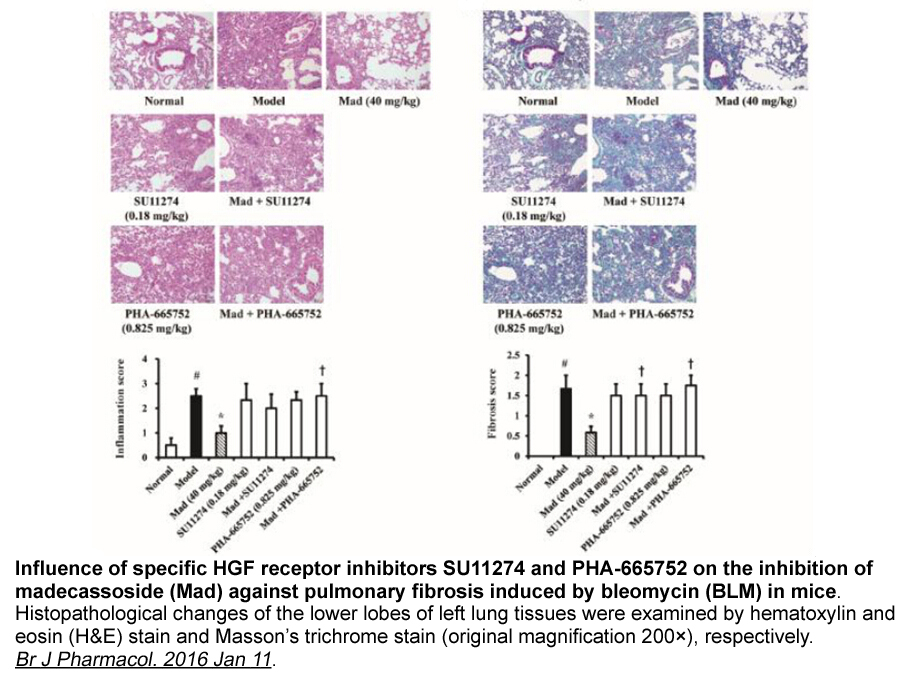
Focal adhesion kinase (FAK), also known as protein tyrosine kinase2 (PTK2), is a tyrosine kinase and vital member in integrin-mediated signaling pathways [3]. In response to integrin involvement, FAK would be phosphorylated. It was reported that FAK is involved in cellular adhesion and spreading [4]
-
The translational relevance of our findings
2021-11-11
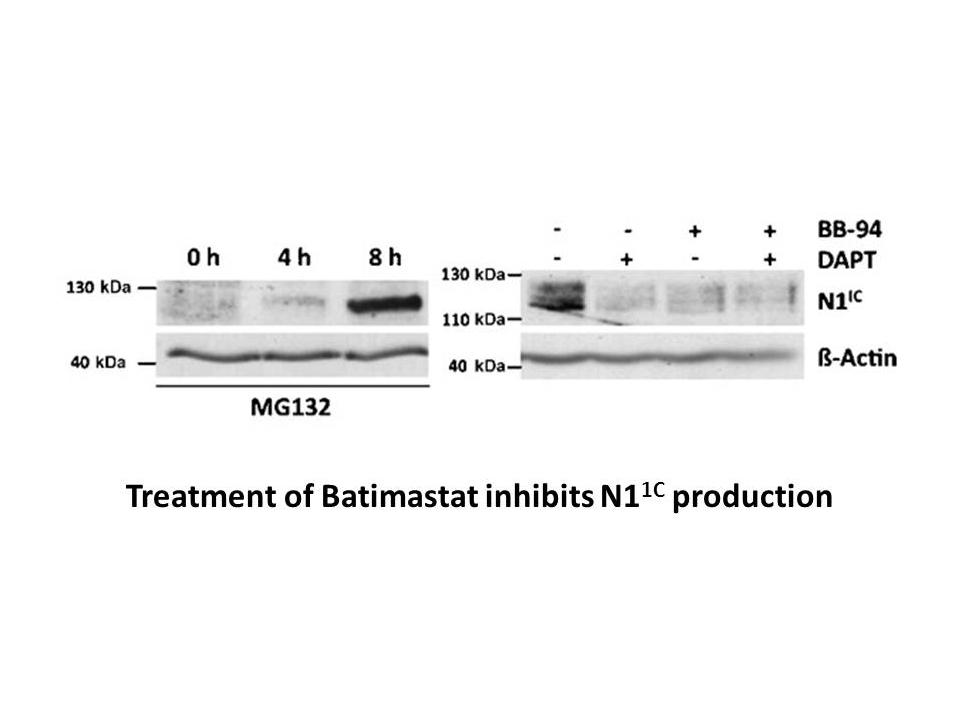
The translational relevance of our findings remains uncertain at this point. On the one hand, there have been reports to suggest that boosting KDM4 activity may engender beneficial effects in vivo. For instance, Li et al. have show that KDM4 interacts with β-catenin to mediate Wnt signaling in hepat
-
Our previous work demonstrated that KDM regulates cellular o
2021-11-11
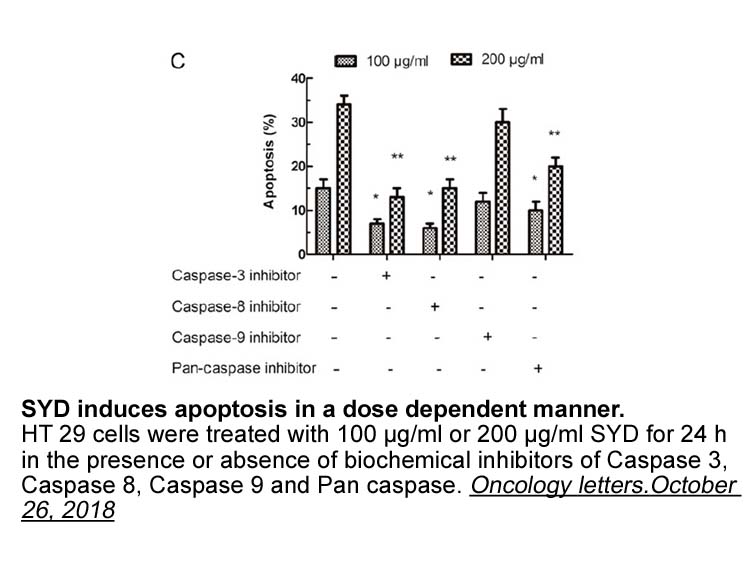
Our previous work demonstrated that KDM5 regulates cellular oxidative stress in Drosophila (Liu et al., 2014, Liu and Secombe, 2015). It is known that gut epithelial pimaricin synthesis contacted by enteric commensal bacteria generate reactive oxygen species in response to microbial signals (Jones
-
br Hh Proteins at a Glance Hh
2021-11-11
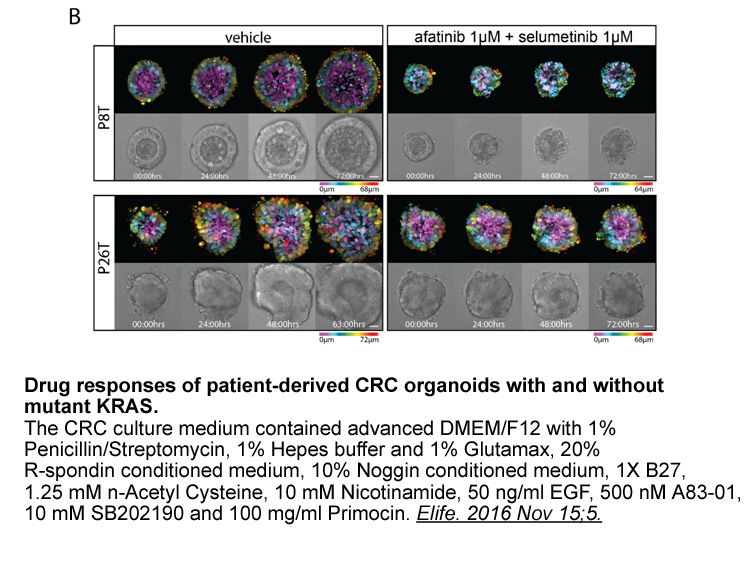
Hh Proteins at a Glance Hh family proteins are evolutionarily conserved morphogens that provide cells with positional information and fate instruction during early embryonic development. After development, Hh ligands contribute to tissue homeostasis and wound healing 1., 2.. Consistent with these
-
The isoenzyme hGSTP is an
2021-11-10
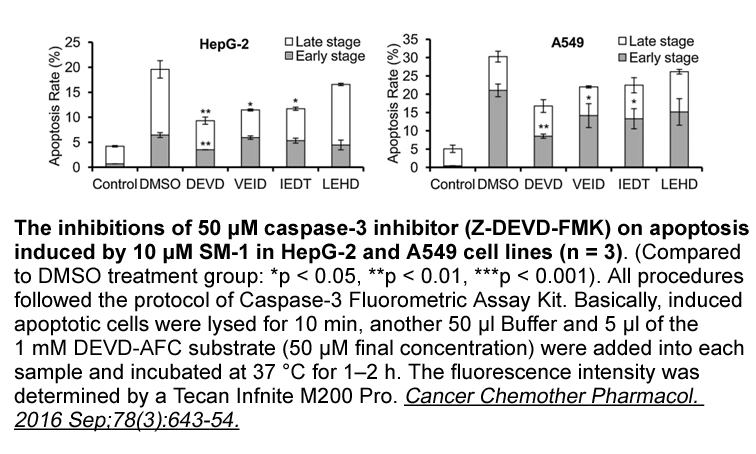
The isoenzyme hGSTP1-1 is an attractive drug target due to its high levels of disease association (target validation) and druggability (target tractability) properties [5,6,[17], [18], [19], [20], [21]]. hGSTP1-1 functions as a homodimer protein [18]. Each monomer has two domains, an α/β domain (N-t
-
GSK is a critical component of the Wnt signaling pathway
2021-11-10
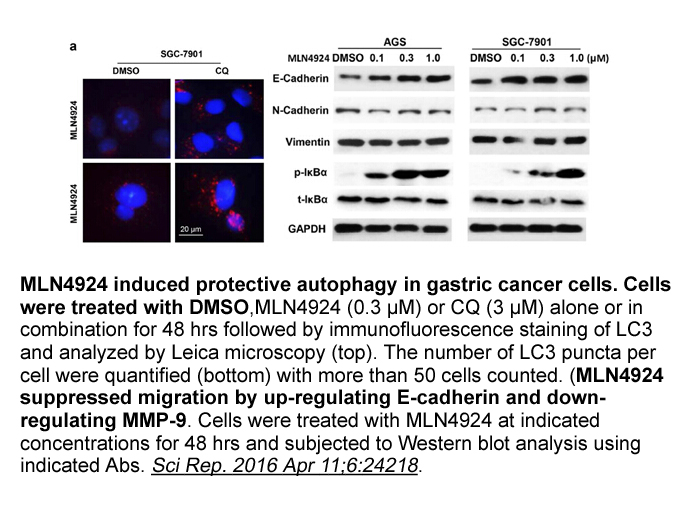
GSK-3 is a critical component of the Wnt signaling pathway. The Wnt/beta-catenin signal transduction pathway is important in normal growth and development and is also frequently dysregulated in cancer and other diseases. The Wnt/beta-catenin pathway is finely tuned by both positive and negative inte
-
br Introduction Chronic rhinosinusitis with nasal
2021-11-10
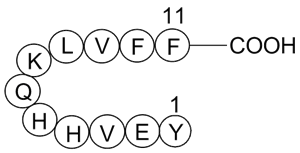
Introduction Chronic rhinosinusitis with nasal polyps (CRSwNP), a subgroup of chronic rhinosinusitis (CRS), is a chronic inflammatory condition of the nasal and paranasal sinuses. CRSwNP is characterized by grape-like structures with dense inflammatory infiltrates, loose fibrous TAK 165 australia
-
br Brief overview of the glutamate
2021-11-10

Brief overview of the glutamate system and rationale for targeting the glycine site of NMDARs In the central nervous system (CNS), glutamate is the major excitatory neurotransmitter and works in concert with gamma-aminobutyric KB SRC 4 sale (GABA), the primary inhibitory neurotransmitter. Togeth
-
The bioconversion of inositol from glucose was anticipated
2021-11-10
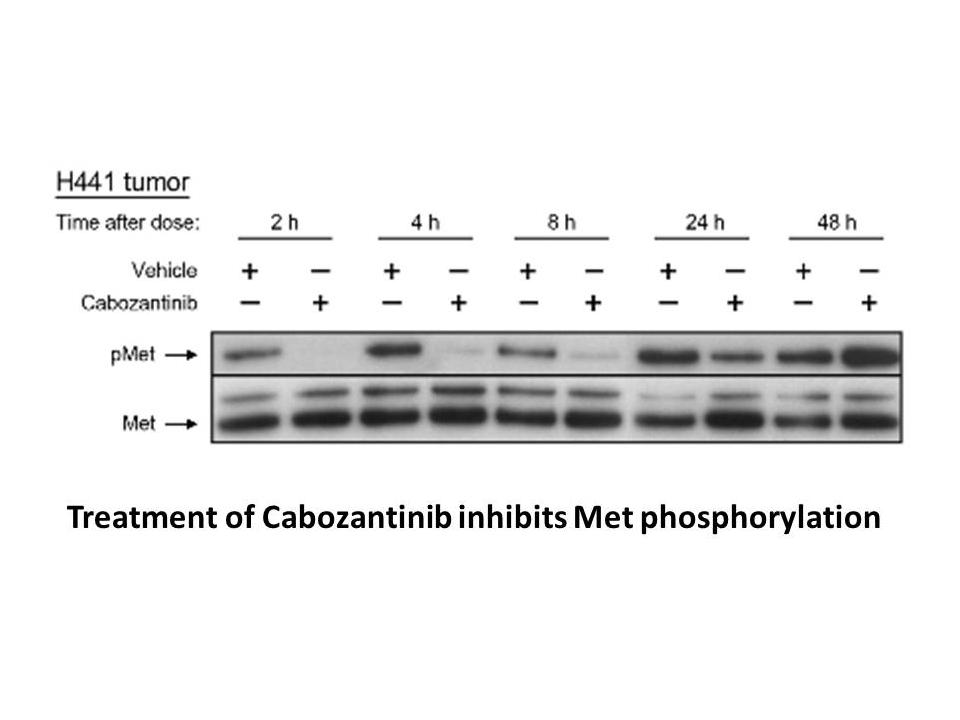
The bioconversion of inositol from glucose was anticipated nearly a century ago and later confirmed by isotope tracing methods [[22], [23]]. This biosynthesis of inositol involves three sequentially acting enzymes: Firstly, ATP-dependent glucokinase converts glucose to glucose-6-phosphate (G-6P) [[2
-
Yeast two hybrid screening studies have provided the foundat
2021-11-10
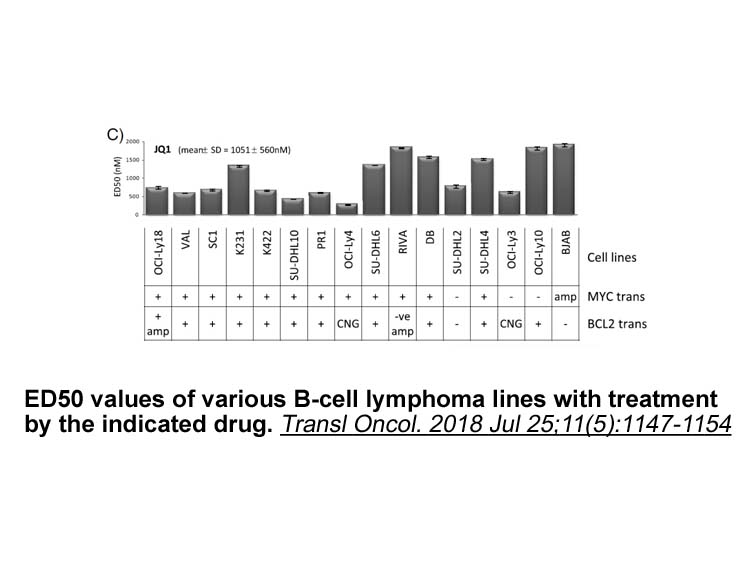
Yeast two-hybrid screening studies have provided the foundation for countless investigations of protein-protein interactions [[141], [142], [143]]. To identify additional hepatic proteins similar to GKRP that are implicated in GCK regulation, a group of researchers conducted a two-hybrid study using
-
br A small conductance chloride
2021-11-10
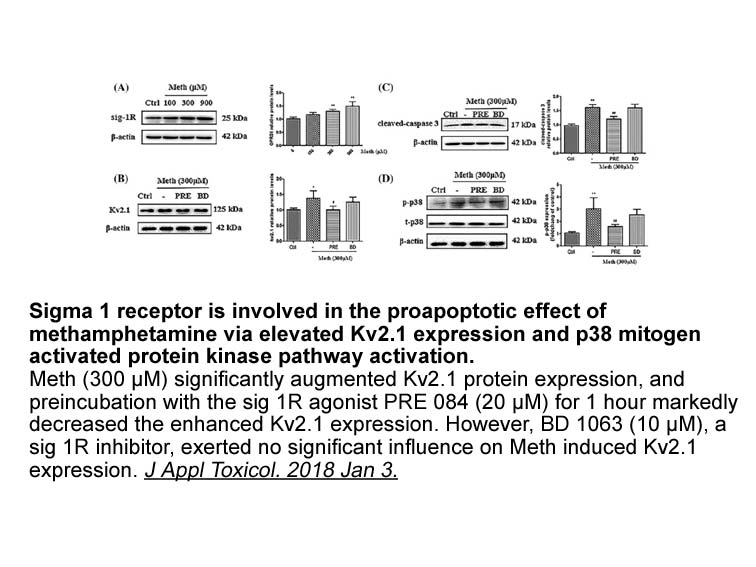
A small conductance chloride channel (SCC) In addition to the above-described channels, a 5pS SCC has been encountered in electrophysiological recordings. This channel, exhibiting long periods of opening separated by long intervals of closing, showed the same characteristics as the SCC described
-
This SAR work led to the identification of compound r
2021-11-10
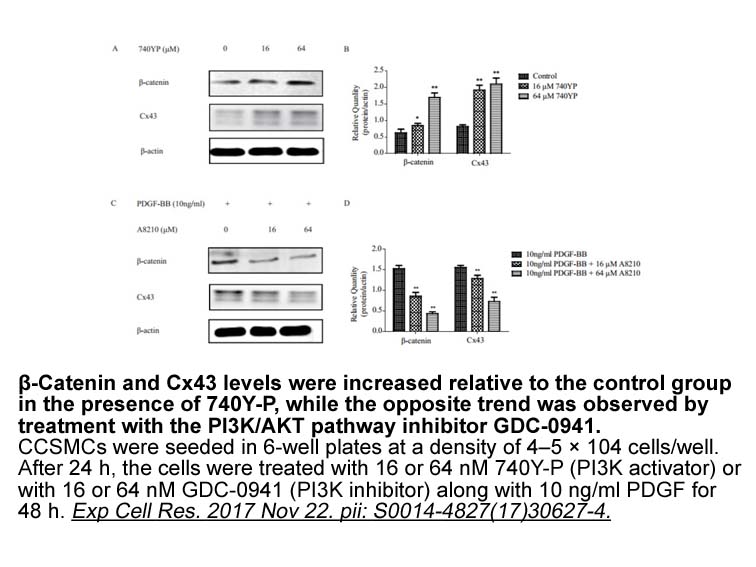
This SAR work led to the identification of compound 10r ((±)-2-[3-fluoro-4-[3-(hexylcarbamoyloxy)phenyl]phenyl]propanoic acid, ARN2508) [51] as a potent in vivo active inhibitor of intracellular FAAH and COX activities, which exerts profound anti-inflammatory effects in mouse models of IBD without c
-
Our results further indicate that low expression
2021-11-10
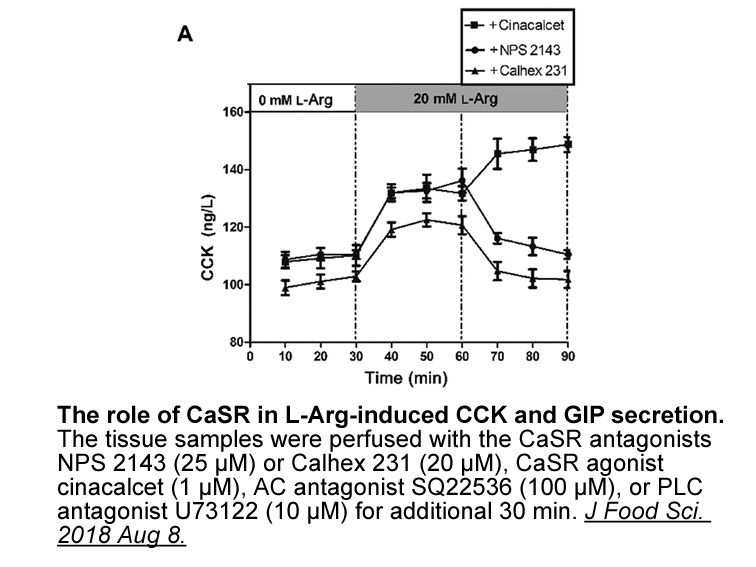
Our results further indicate that low expression of p300/CBP in CRC is directly associated with poor clinical therapeutic outcome of 5-FU treatment, potentially providing a new set of biomarkers to predict chemo-sensitivity. Although the ability of low expression of p300/CBP to predict poor prognosi
-
Third across all three signaling molecules examined the
2021-11-10
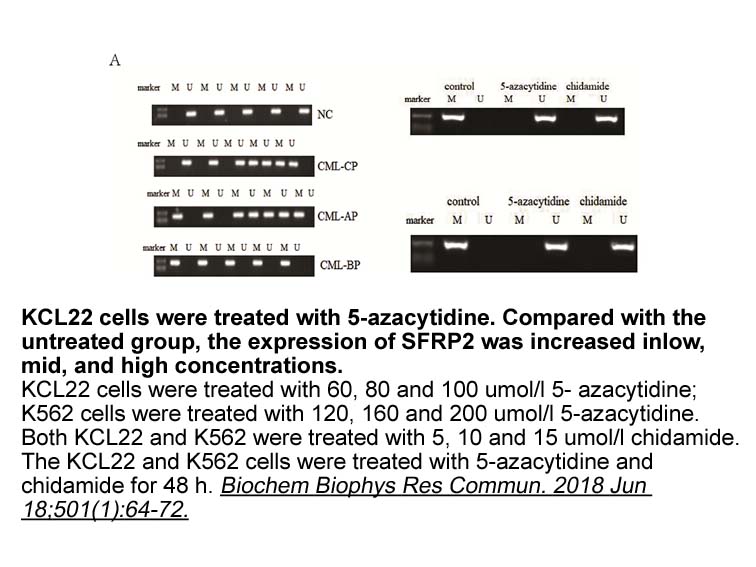
Third, across all three signaling molecules examined, the baseline abnormalities seen in Hdc-KO mice resemble the effects seen after H3R activation in wild-type animals. Specifically, MAPK activity (indexed by MSK1 phosphorylation) is increased at baseline in dMSNs of Hdc-KO mice to a similar degree
16305 records 570/1087 page Previous Next First page 上5页 566567568569570 下5页 Last page